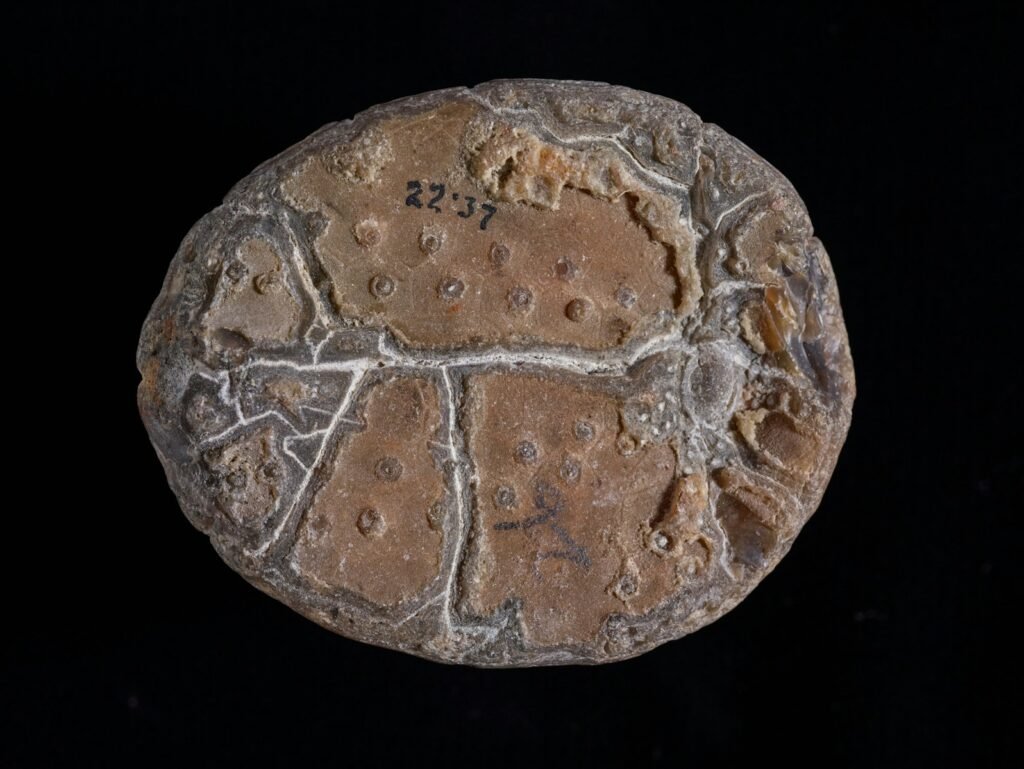Every beach pebble and backyard stone has a story, but fossils are the chapters that make hearts race. Scientists use these stonebound clues to piece together vanished worlds, from thunder-lizard footsteps to seas that lapped where deserts now lie. The mystery is simple and thrilling: how do rock-hard relics preserve soft moments of life? The answer blends patient geology, clever tools, and a dash of detective grit that would make any kid lean closer. If you’ve ever pocketed a curious shell imprint, you’ve already held a tiny time machine.
The Hidden Clues
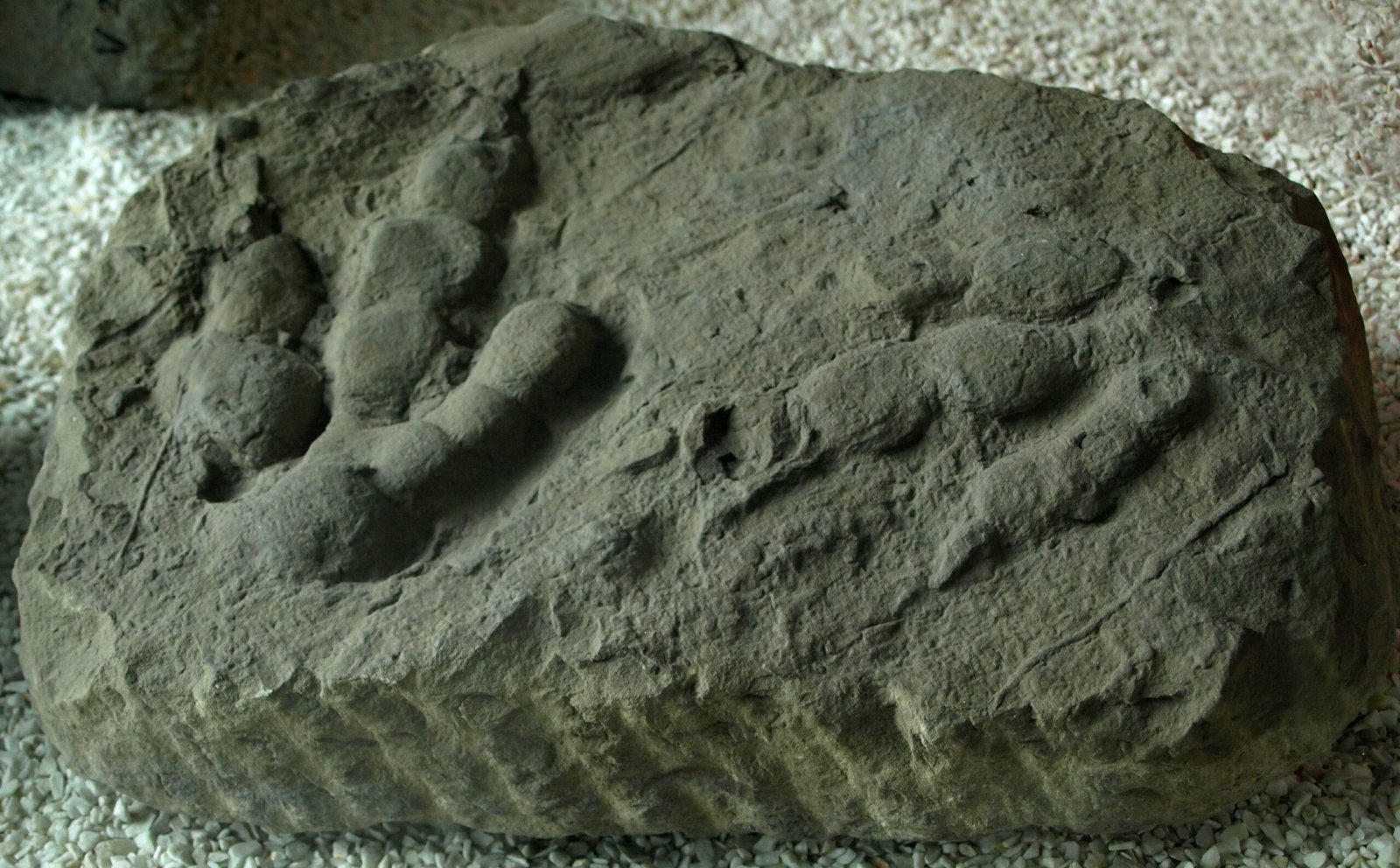
Fossils aren’t just bones; they’re footprints, burrows, leaves, shells, and even microscopic algae layered like whispers in rock. Some are body fossils, mineral-filled remains that hardened as sediments piled up and squeezed them tight. Others are trace fossils, the marks of movement and behavior that turn a single step into a headline about how an animal lived. You can think of them as the difference between a selfie and a doodle scribbled during class – both tell you something honest, just in different ways. Together they make the fossil record, a patchwork scrapbook stretched across deep time.
Even the color and texture of sediments add details, like a background in a photograph that reveals the weather. Fine mudstones often point to quiet lakes, while rippled sandstones hint at breezy shores or river bars. Fossil leaves with smooth edges often suggest warmer climates, and thicker cuticles can signal drier air. The size of preserved ripple marks can reveal water depth and current strength in surprisingly concrete ways. When scientists map these clues across regions, entire ancient landscapes reappear on the page.
How Fossils Form: Time’s Slow Magic
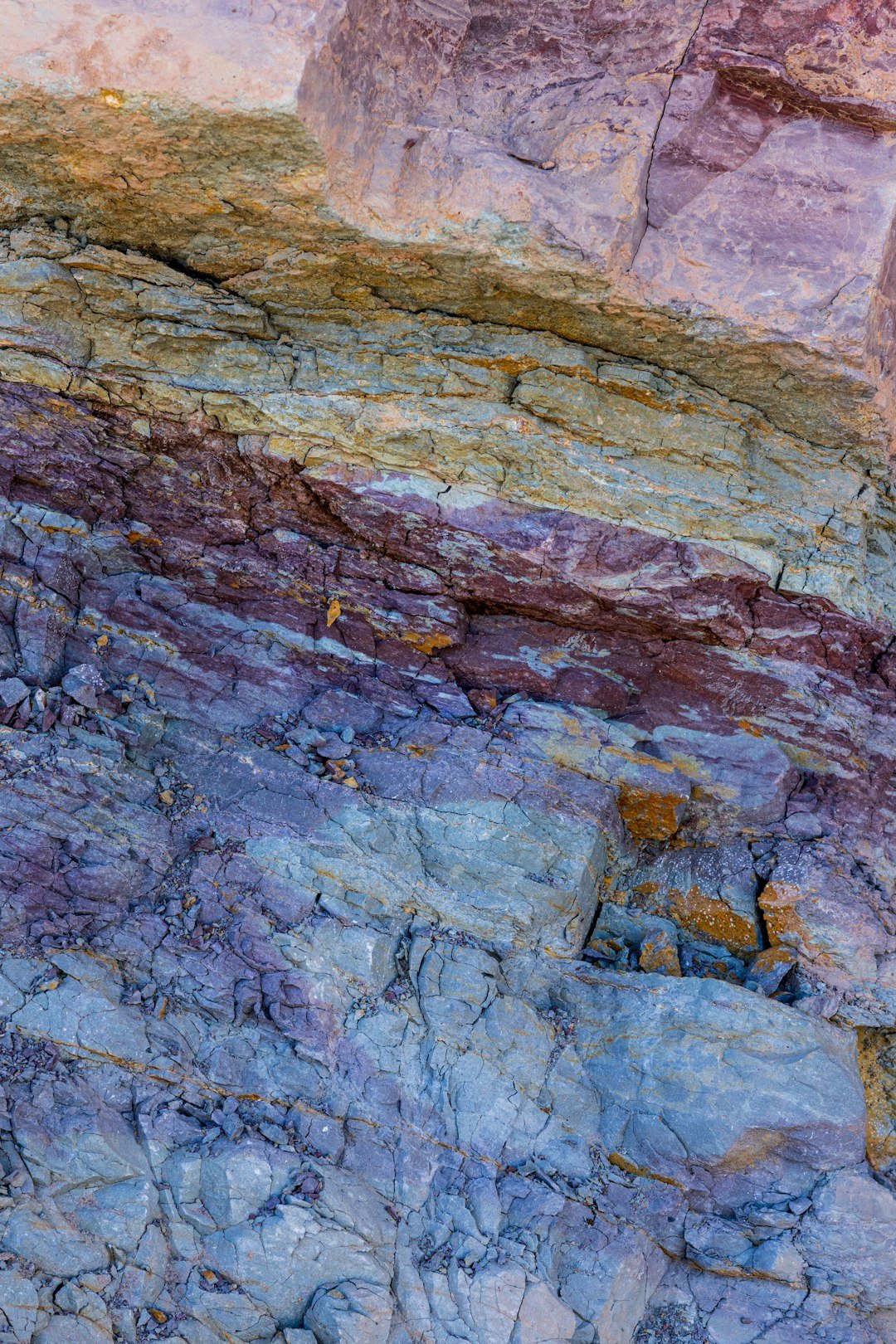
Most fossils begin with rapid burial, when sand, silt, or volcanic ash covers remains before scavengers or oxygen erase them. Minerals seep into pores, swapping delicate organic matter for stone in a process called permineralization. Shells can dissolve while leaving behind perfect molds, later filled to make casts that look like originals you could almost pick up. Amber traps insects and pollen with astonishing detail, preserving tiny features that microscopes still struggle to improve on. In rare cases, freezing or desiccation preserves tissues so startlingly that historians of life have to blink twice.
Across layers, pressure and time do the steady work that a museum display makes look easy. Mud becomes shale, sand becomes sandstone, and scattered remains turn into a fossiliferous band that invites careful chisels. Each step is both patient and dramatic, the geological equivalent of slow-motion filmmaking. That’s why road cuts and quarries often yield fossils: they slice cleanly through nature’s carefully stacked archive. It’s not magic, but it feels close when a rock splits and a 100-million-year-old leaf suddenly meets daylight.
From Ancient Tools to Modern Science
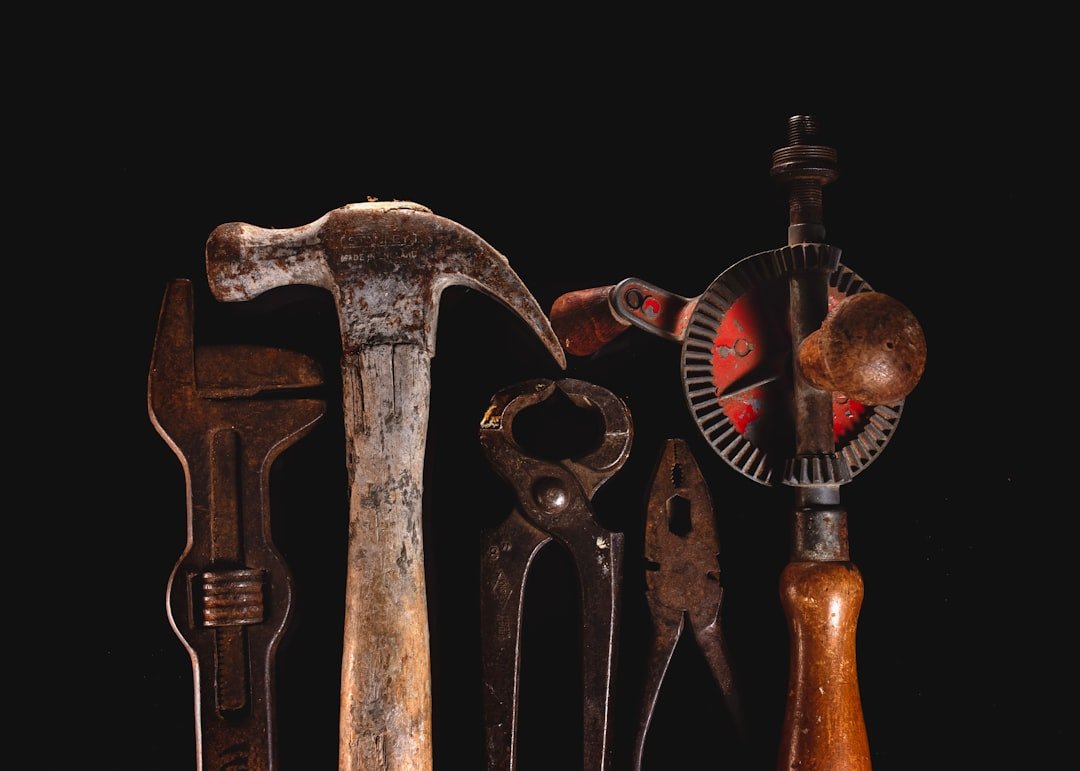
Early fossil hunters relied on hammers, hand lenses, and a good sense of where to look; fieldwork still matters, but today’s toolkit hums. Portable GPS logs precise coordinates, and drones survey cliffs where clambering feet would be risky or downright impossible. Lab benches host micro-CT scanners that peer inside fossils, building 3D models layer by layer without a single scratch. Synchrotron beams can map chemical signatures, revealing pigments in feathered dinosaurs or growth bands in ancient shells. Even tiny dental wear patterns can speak to diets, turning old teeth into daily meal diaries.
Dating methods anchor these discoveries on the timeline with the accuracy of a well-set clock. Radiometric techniques use the decay of isotopes – carbon‑14 for younger finds, potassium‑argon or uranium‑lead for the very old. Paleomagnetism aligns rock layers with flips of Earth’s magnetic field, adding a second, independent timestamp. When methods agree, confidence climbs; when they disagree, scientists dig deeper and often uncover a richer story. This layered approach keeps fossil news anchored to evidence, not guesswork.
Reading the Messages: What Rocks Really Say
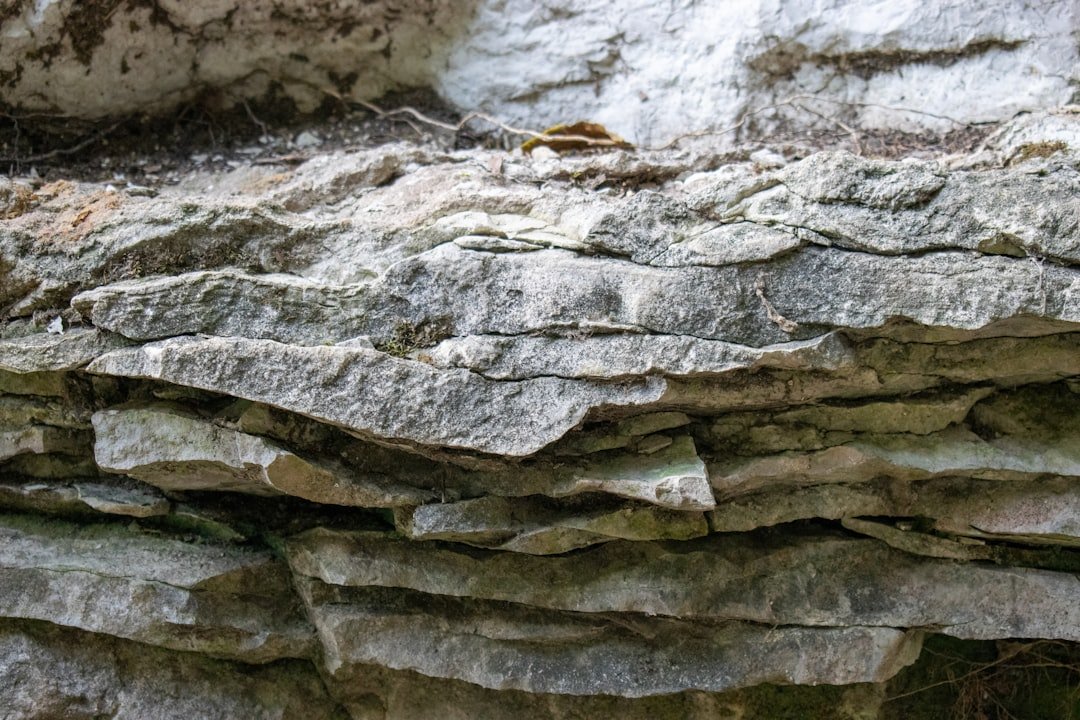
Fossils can record climate, not just creatures, like journals written in shell chemistry and ring-like growth lines. Oxygen isotopes in marine shells reflect water temperature, letting researchers sketch ancient heat waves and cold snaps. Pollen grains trapped in mudstones map shifting forests, helping explain animal migrations and extinctions through time. Trace fossils show herds moving along old shorelines, or burrow networks expanding when oxygen dipped near the seafloor. Piece by piece, rocks report behaviors, seasons, and stress that would otherwise vanish without a whisper.
Some fossils write in bold, announcing turning points with ash layers, impact spherules, or sudden die-offs in the strata. The boundary marking the end of the dinosaurs includes a thin band enriched in extraterrestrial elements, a signature of cosmic bad luck. Coal seams and plant fossils flag ancient swampy worlds that once stretched where cities now stand. Reef fossils reveal the rise and fall of seas in long rhythms, like a tide you can only see on a calendar spanning millions of years. When kids ask whether rocks remember, the honest answer is yes – just not in sentences, but in signals.
Why It Matters
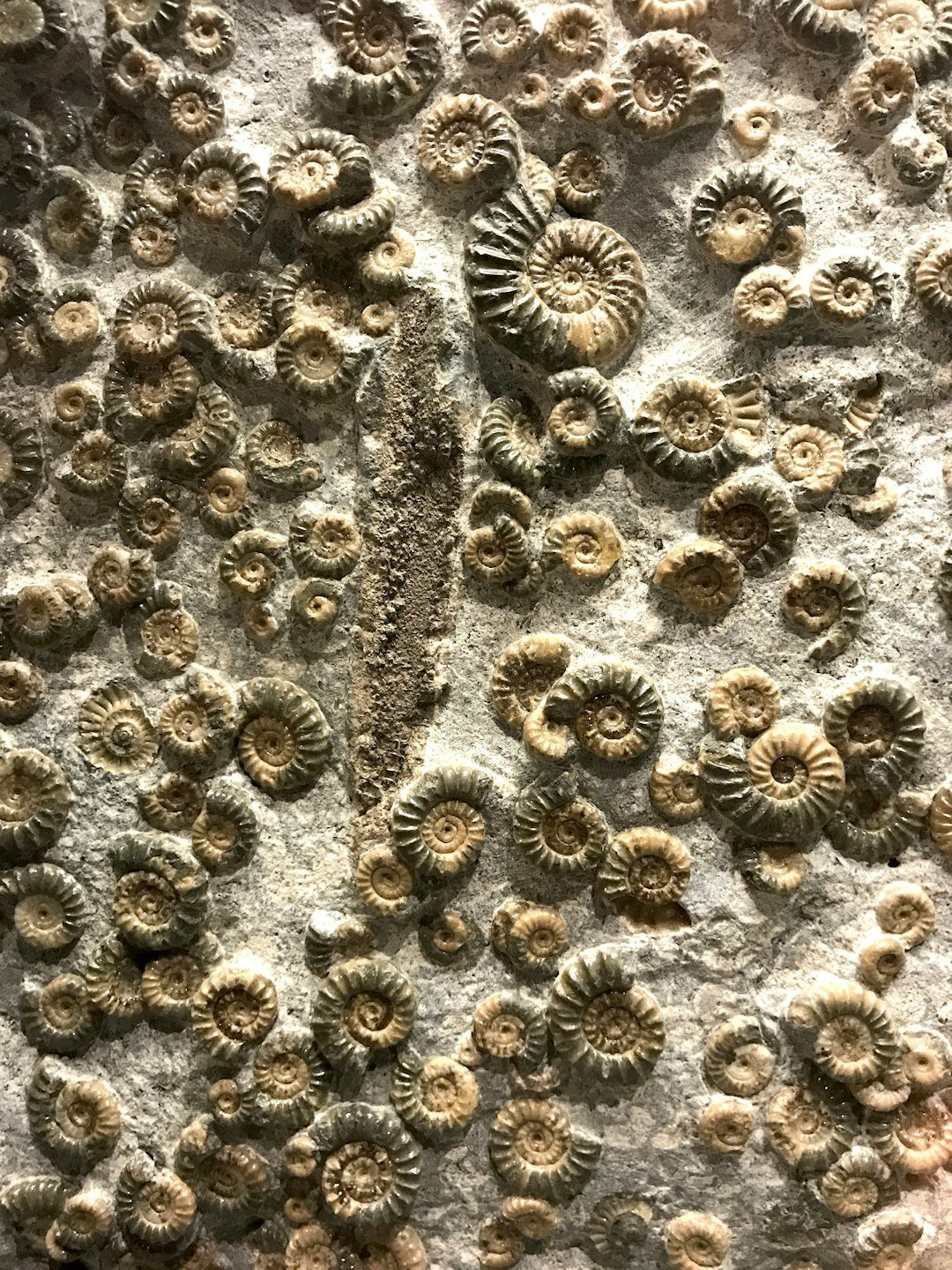
Fossils are the only direct archives of life’s deep past, grounding biology in actual before-and-after snapshots rather than pure models. Without them, evolution would be a story without photographs, and mass extinctions would be rumors instead of documented crises. They show that change is constant, that ecosystems rearrange themselves after shocks, and that resilience has limits. This context helps us read today’s rapid shifts in climate and biodiversity with a calmer, sharper eye. When we see coral fossils fade from a layer, we recognize the warning in our own era’s reefs.
Compared with modern wildlife surveys or satellite images, fossils trade immediacy for reach, offering a panoramic view no camera can match. They let us test causes and consequences across timescales far longer than human memory. That means better predictions and smarter conservation goals, tuned to the slow beats nature actually follows. Kids who learn to read fossils learn to ask questions in time, not just space, which is a quiet superpower. In short, fossils turn curiosity into a compass that points both backward and forward.
Global Perspectives
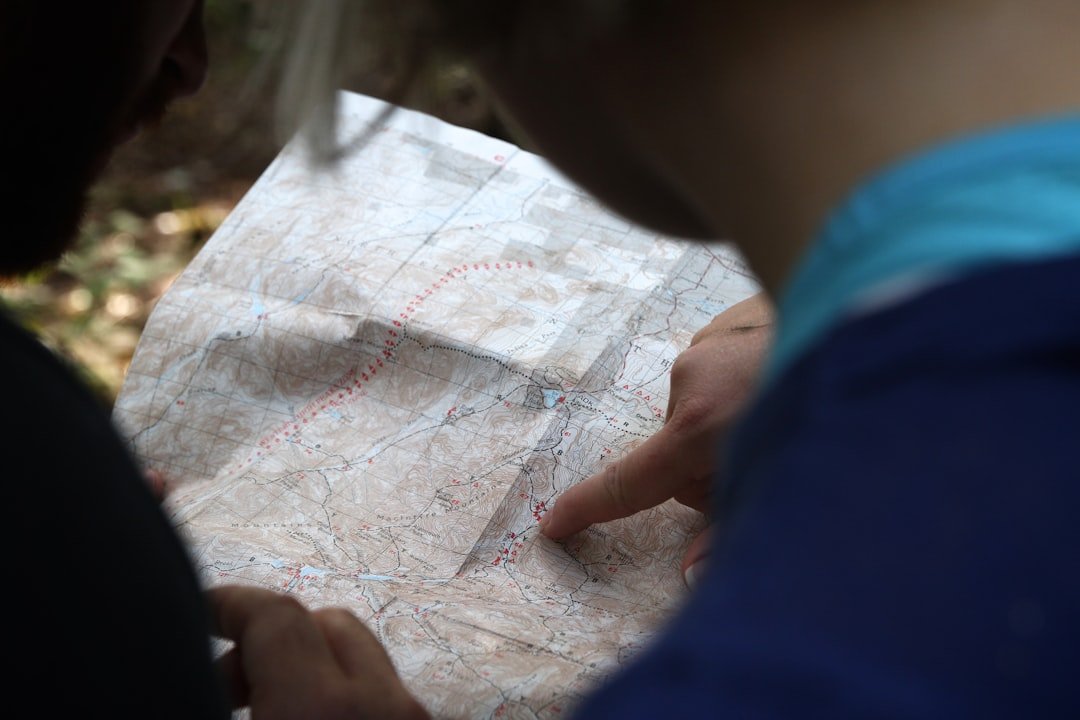
Fossils turn up on every continent, and each region adds a new dialect to the language of stone. Asia’s feathered dinosaurs revolutionized how we picture bird origins, while Africa’s hominin sites anchor the story of our own beginnings. South America’s ancient mammals reshaped ideas about how continents swap species when land bridges rise and fall. Australia’s fossil lakes freeze-frame entire ecosystems, from tiny fish bones to reptile tracks baked in old mud. Even Antarctica whispers of green times through petrified wood and leaf impressions folded into mountain belts.
Museums and community digs make these stories public, inviting families to sift gravel or brush sediment from a fossil leaf. Local quarries often host school days where safety helmets meet soft brushes and excited shouts. Regional laws guide collecting, balancing curiosity with protection, so rare finds end up cared for and shared. International teams compare notes across borders, stitching a planet-scale timeline that outgrows any single nation’s archives. The result is a global newsroom where rocks file dispatches from different eras, yet all tell one connected story.
The Future Landscape
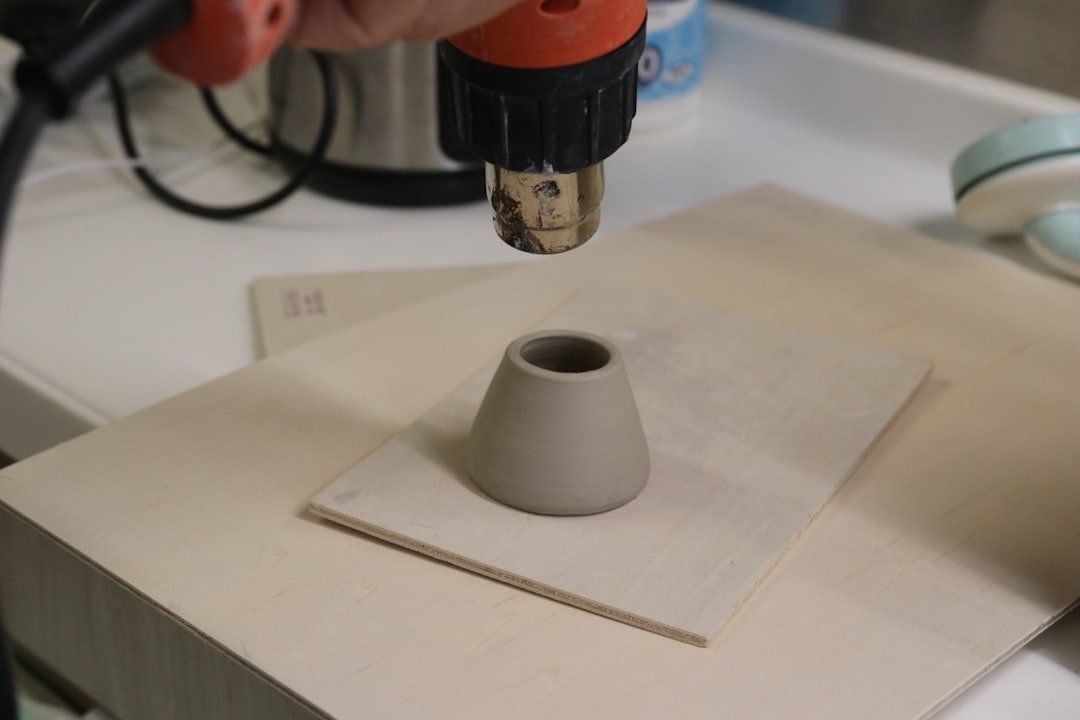
Tomorrow’s fossil discoveries may come from unexpected places: motorway cuttings, groundwater projects, even construction sites monitored by alert crews. New sensors could flag fossil-rich layers before a shovel bites, protecting fragile pieces that used to shatter unseen. Machine-learning tools already scan images for bone textures and trace patterns, triaging thousands of field photos in minutes. Geochemical “noses” might sniff out biomarkers that point to soft-tissue preservation, guiding careful excavation like a treasure map. Ultra-high-resolution scanners will keep revealing details smaller than a grain of sugar.
Challenges stand in the way, from funding to storage space and the ethics of where fossils should live and be studied. Climate change is also exposing and eroding sites faster, forcing quick decisions and better strategies. Collaboration with local communities will matter more, ensuring discoveries are respectful, legal, and beneficial on the ground. Open data will widen access, letting students explore 3D models from classrooms and living rooms worldwide. If rocks are memory, the future is about reading that memory more widely and more wisely.
From Ancient Tools to Modern Science – For Kids in the Field
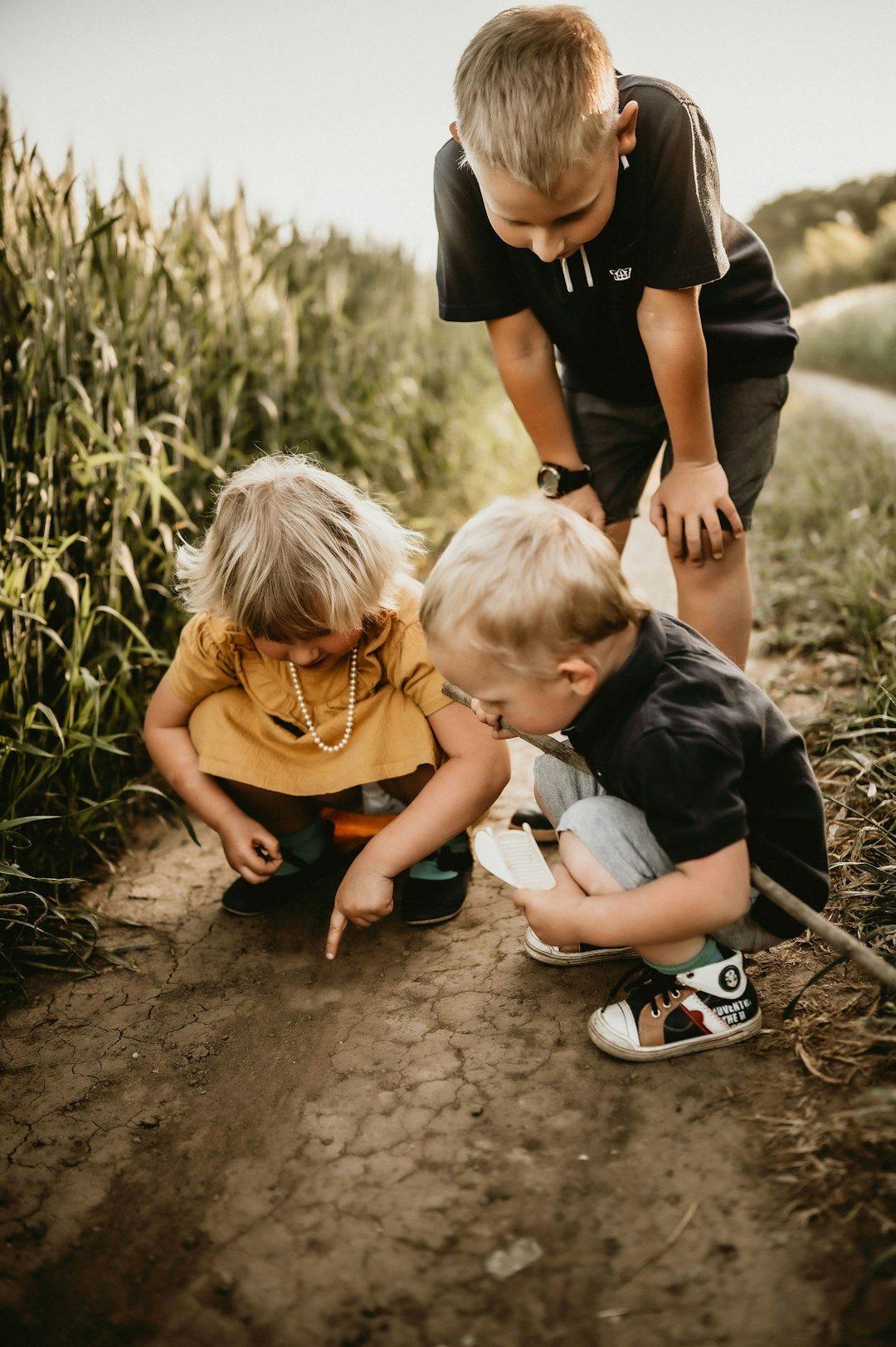
Curiosity grows fastest outdoors, where a streak of shell in a stone can trigger an afternoon of questions. Kids can learn the basics: look for layered rocks, check for repeating patterns, and remember that context matters as much as the fossil. A small notebook turns into a field log, capturing location, layer color, and sketches that sharpen observation. Simple activities – like making plaster casts of leaves or examining sand with a hand lens – build the habit of careful noticing. Safety rules, from eye protection to permission on private land, make every adventure both exciting and responsible.
Back home, kitchen-table science keeps the story going with magnifiers, modeling clay molds, and salt-crystal experiments that mimic mineral growth. Library visits or museum webcams extend the journey, linking backyard finds with global collections. Kids discover that science is less about having answers and more about crafting good questions. That’s how a pebble becomes a puzzle, and a puzzle becomes a doorway into geology and biology. The result isn’t just knowledge – it’s confidence that any rock might hold a message worth reading.
Conclusion: Become a Fossil Detective
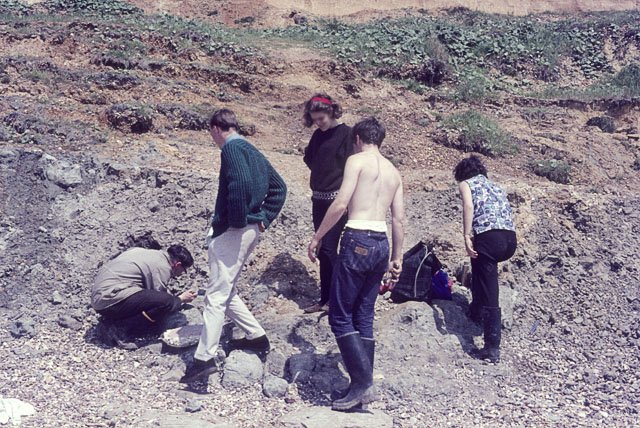
Start small and local: visit a museum, join a guided fossil walk, or explore a community dig where experts share their know-how. Learn the rules where you live, because good science begins with respect for places, people, and the fossils themselves. Keep a nature journal, sketch what you see, and write down questions you’re itching to test the next time you’re outside. Share discoveries with teachers or local clubs, and when you find something special in the field, photograph it in place before touching. Support collections and research through volunteering or family memberships that keep the lights on and the stories flowing.
Most of all, hold on to wonder, because wonder is the real tool that opens fossils up to everyone. Rocks don’t speak with voices, but they do keep memories that careful hands can translate. When you pick one up, ask what kind of day it remembers, and who walked or swam there long before us. Then pass the question along to a friend, and see where your shared curiosity leads next. Ready to ask your next rock what it remembers?

Suhail Ahmed is a passionate digital professional and nature enthusiast with over 8 years of experience in content strategy, SEO, web development, and digital operations. Alongside his freelance journey, Suhail actively contributes to nature and wildlife platforms like Discover Wildlife, where he channels his curiosity for the planet into engaging, educational storytelling.
With a strong background in managing digital ecosystems — from ecommerce stores and WordPress websites to social media and automation — Suhail merges technical precision with creative insight. His content reflects a rare balance: SEO-friendly yet deeply human, data-informed yet emotionally resonant.
Driven by a love for discovery and storytelling, Suhail believes in using digital platforms to amplify causes that matter — especially those protecting Earth’s biodiversity and inspiring sustainable living. Whether he’s managing online projects or crafting wildlife content, his goal remains the same: to inform, inspire, and leave a positive digital footprint.

